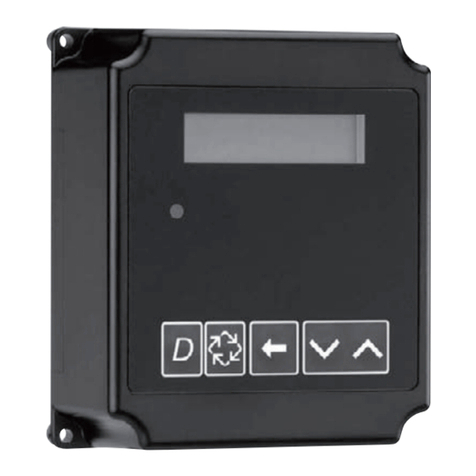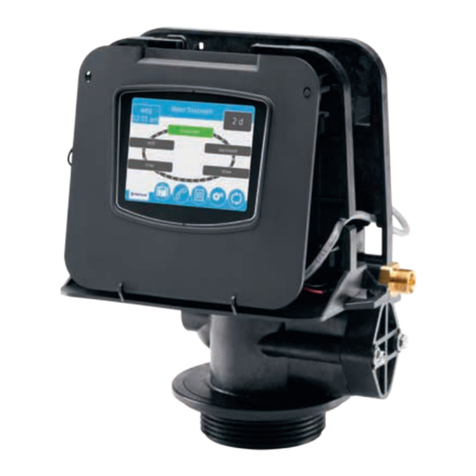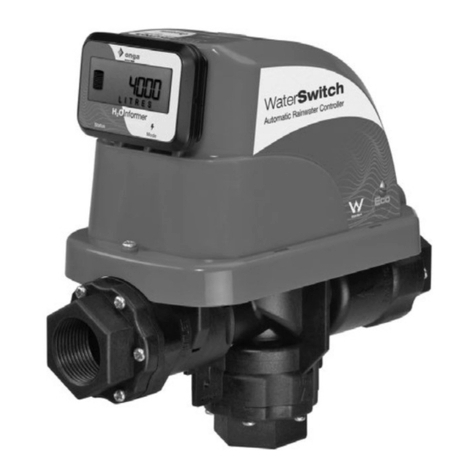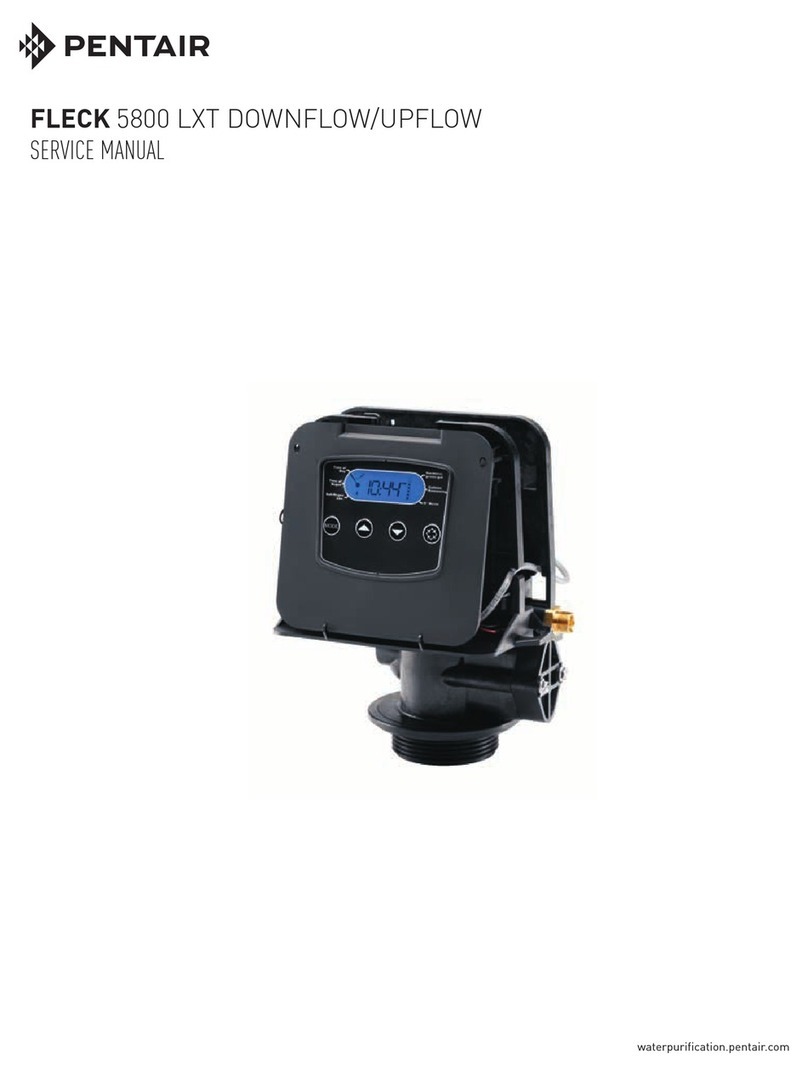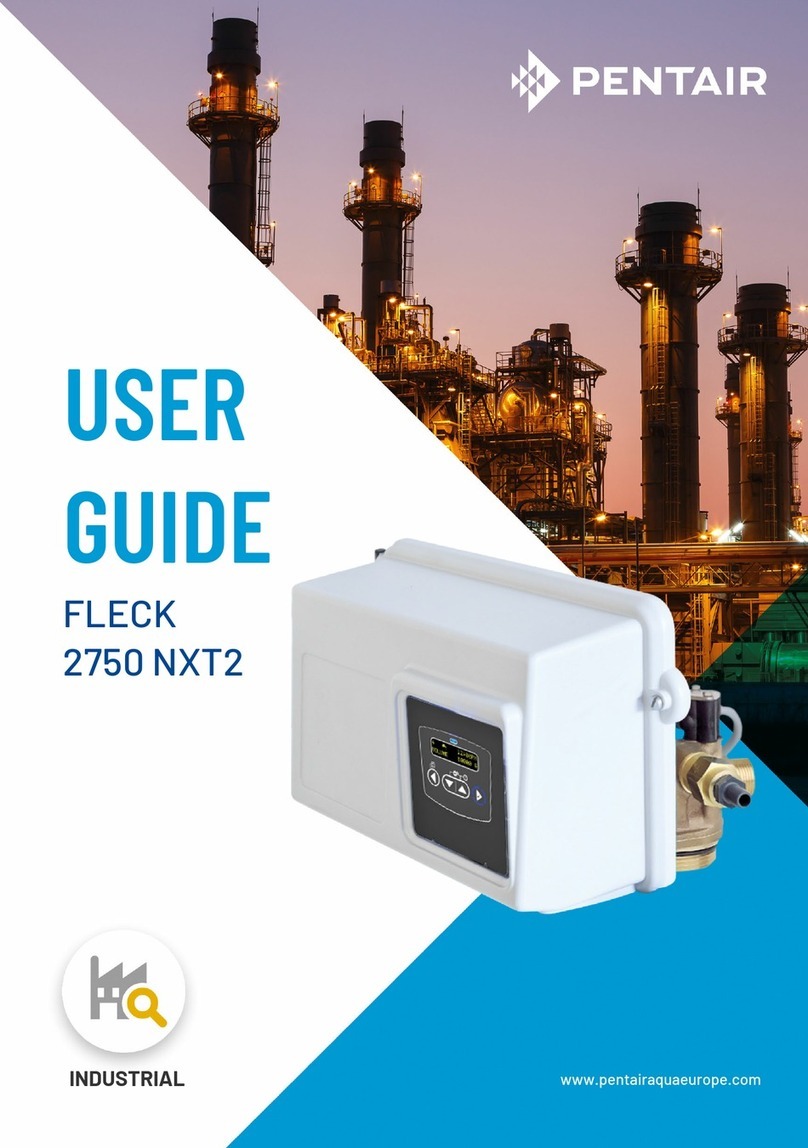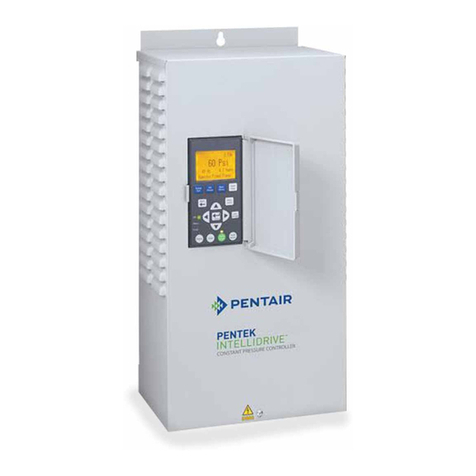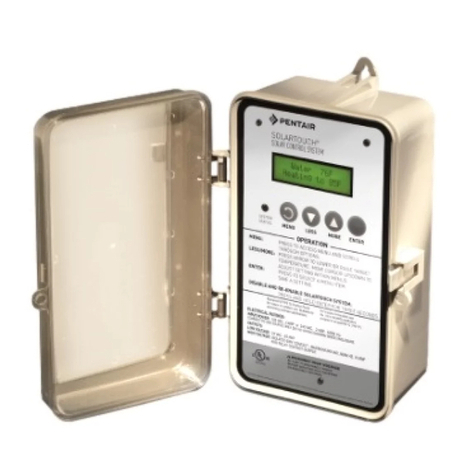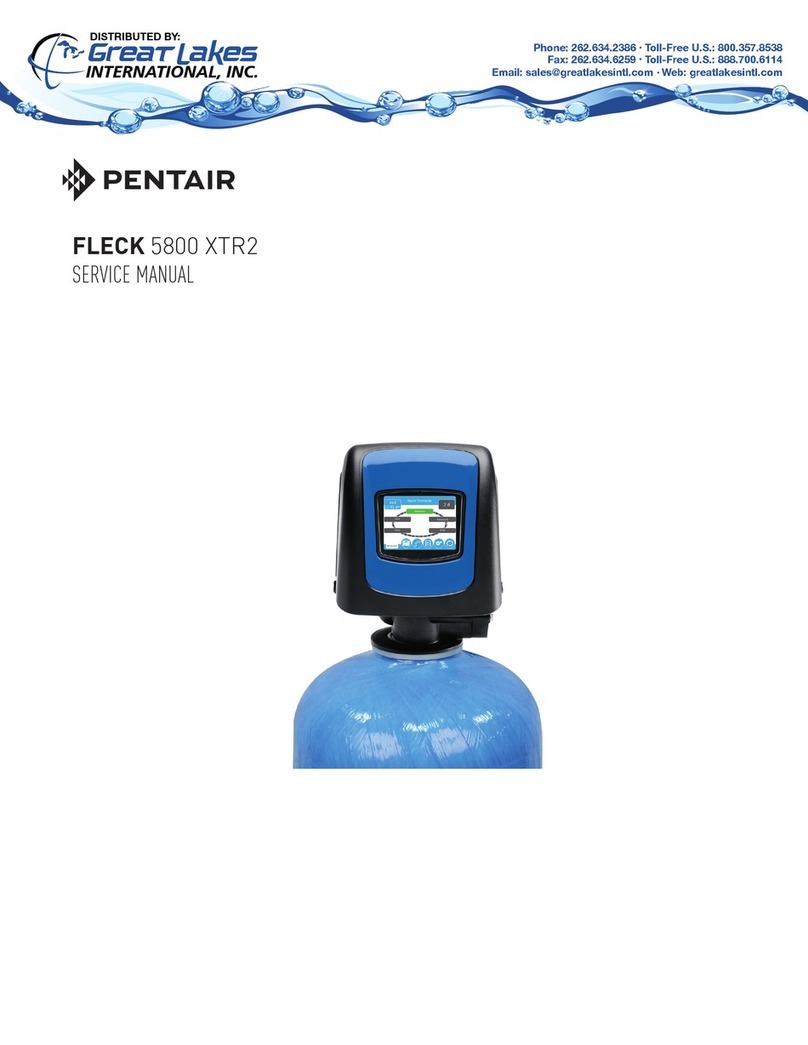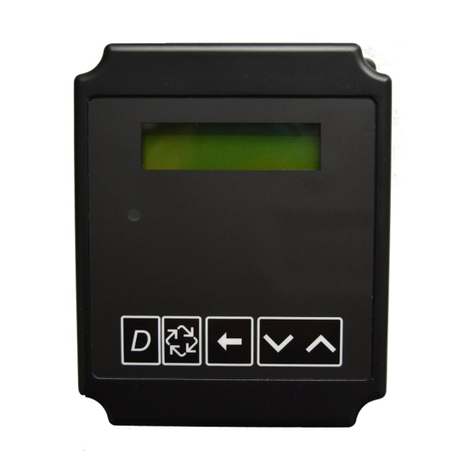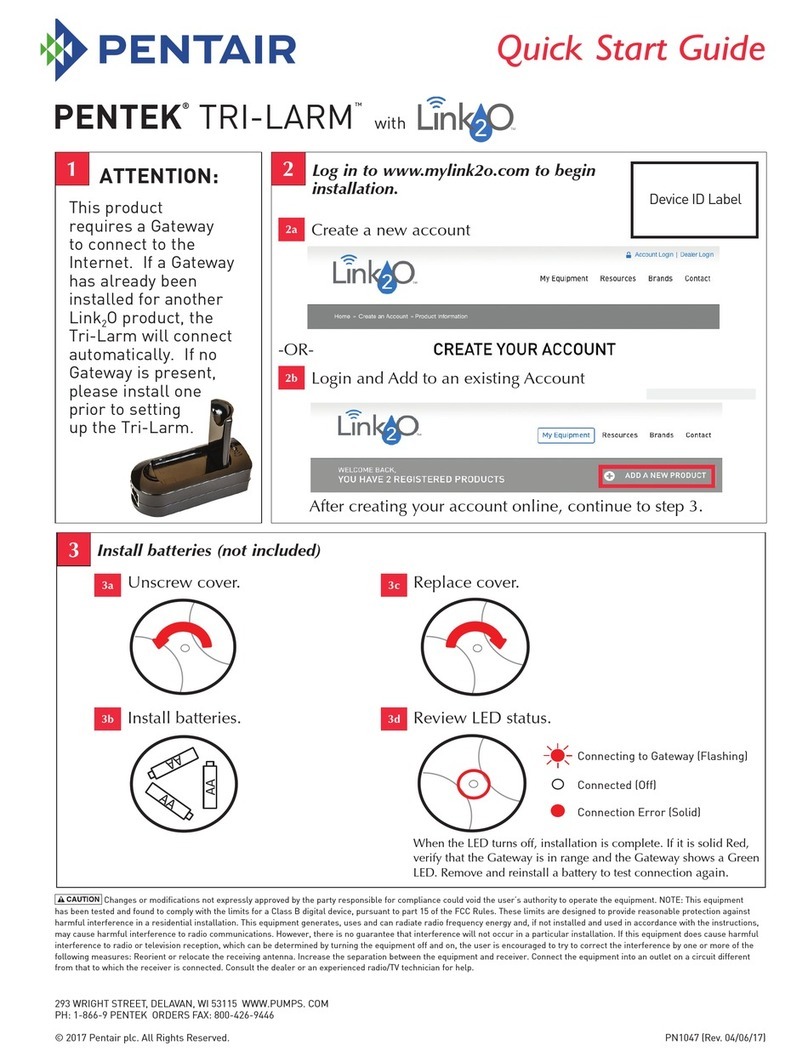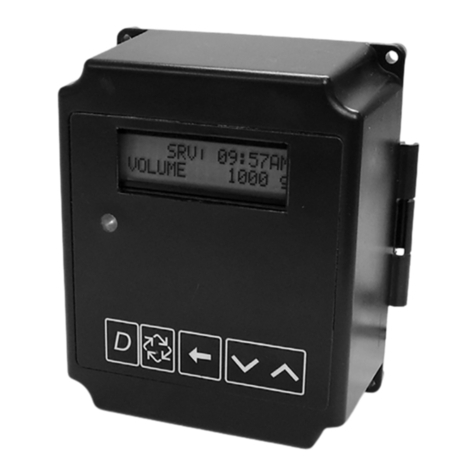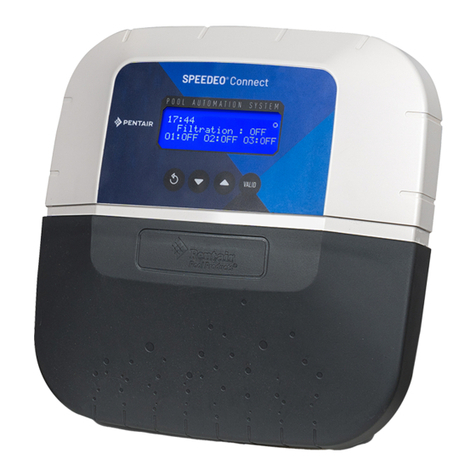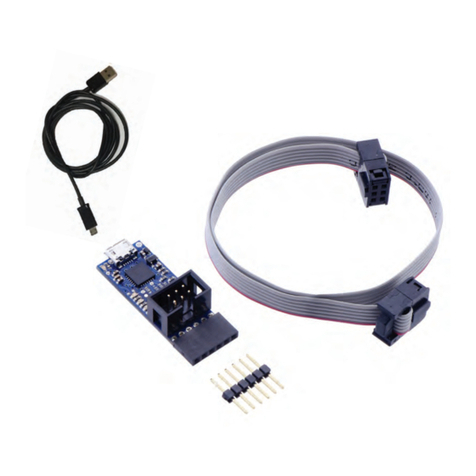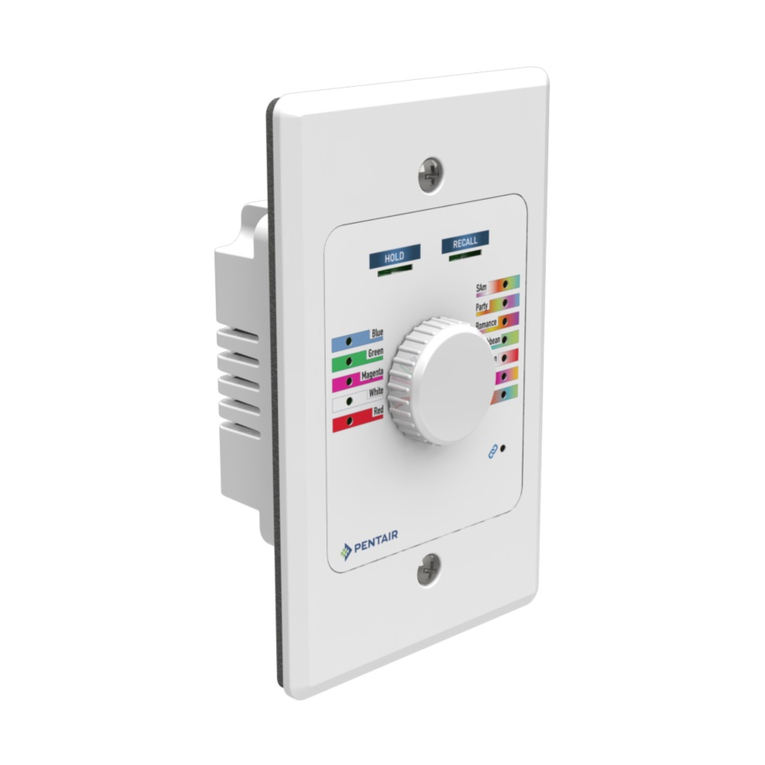
LINCOLN U.S. Patent
APENTAIR COMPANY LR 60891 IND. CONT. EQ. Series “B’
Model 84530
SYSTEM SENTRY™
SENSOR CONTROLLER -INTERNAL SCAN
OWNER/OPERATOR MANUAL
It IS the responsibility of the Owner/Operator to properly use and maintain this equipment
The Instructions and Warnings contained in this manual shall be read and understood by the Owner/Operator prior to
operating this equipment
It IS the responsibility of the Owner/Operator to maintain the Iegibility of all Warning and Instruction labels
The Owner/Operator shall retain this manual for future reference to important Warnings, Operating and Maintenance
Instructions.
CONTENTS PAGE
Description 1
Liquld Crystal Display 2
Programming Mode 2
Run Mode 4
Alarm Messages 4
Installation of Sensors 5Electrical shock hazard. Do Not subject sensor
Field Connections 6Turn off and lock out power bodies to pressure greater
Service Parts 7before opening enclosure. than 6,000 PSIG.
Specifications 8
System Accessories 8
DESCRIPTION
When programmed as a Sensor Controller, Model 84530 WiII
verify delivery of lubricant into abearing.
The Sensor Controller can only detect faults which occur
between the sensor (located in the delivery Iine at the bearing
lube inlet) and the flow source Continuousflow or no flow during
the delivery cycle are both signaled as a fault by this system.
Aminimum of 30 seconds between the end of one flow to the
beginning of the next flow IS required for detection
Sensors WiII function at any pressure up to 6,000 PSIG. The
temperature of the material which IS to be delivered past the
sensors must be between 32° Fto 145° Ffor effective operation
of the system. Viton seals and checks in the sensors allow their
use in systems distributing synthetic lubricants as well as
petroleum based lubricants For reliable operation, sensors
can only be used with Model 84530.
When power is turned on to the Controller and aLube
cycle is immediately initiated, asensor fault may occur
due to the sensors not having enough time to warm. It is
recommended that the Delay Alarm be set at 2in order to
prevent anuisance alarm.
The scan time (amount of time that thesensors are scanned for
lube flow) IS the amount of time set on the scan timer plus
30 seconds During the scan time, the amber Iight iS on and all
sensors should receive lube After all of the sensors have
received lube, the scan timer IS reset to its initial value then
begins timing out again
If the sensors are not satisfied during the scan time and the
Delay Alarm has not reached Itssetting the scan timer will reset
and begin timing out again Once the Delay Alarm has reached
its setting the following WiII happen:
Red Iight on door turns on
Alarm relay contact closes
Scan Timer Indicates Zero time.
Alarm message Indicating no lube flow WiII alternate with
Scan Timer
If lube flow takes place, the fault WiII be cleared and the scan
timer WiII be reset to its Initial value and begin timing out
again.
Due to the numerous options available, the customer can field
program the controller to match the system requirements
Programming IS easily accomphlished by following auser friendly
menu displayed on the LCD and pressing the active buttons
beneath the display. An Internal jumper pin provides security
against unauthorized programming. All programmed parameters
are automatically stored in anonvolatile memory. AReview
Screen can be easily activated to display what has been
programmed. Programmed values can be changed
whenever necessary.
There are three Iights on the enclosure door to Indicate the
status of the system.
Green -Power On
Amber- Scanning for Lube Flow, Always On.
Red -Alarm
If an alarm occurs, the cause of the alarm WiII appear on the
LCD. Turning off power tothecontroller when in alarm WiII reset
the alarm.
The LCD IS capable of displaying the following messages
Scan Time
Number of times each bearing has received lube.
Indicates what sensor did not receive lube.
Indicates what sensor has abroken wire
Indicates what sensor has ashorted wire
LINCOLN
APENTAIR COMPANY
One Lincoln Way Copyright 1993 Section -C8
Louis, Missouri 63120-1578 Printed in US A
(314) 679-4200 Page -247-4A
JAN-93 FORM 402434

